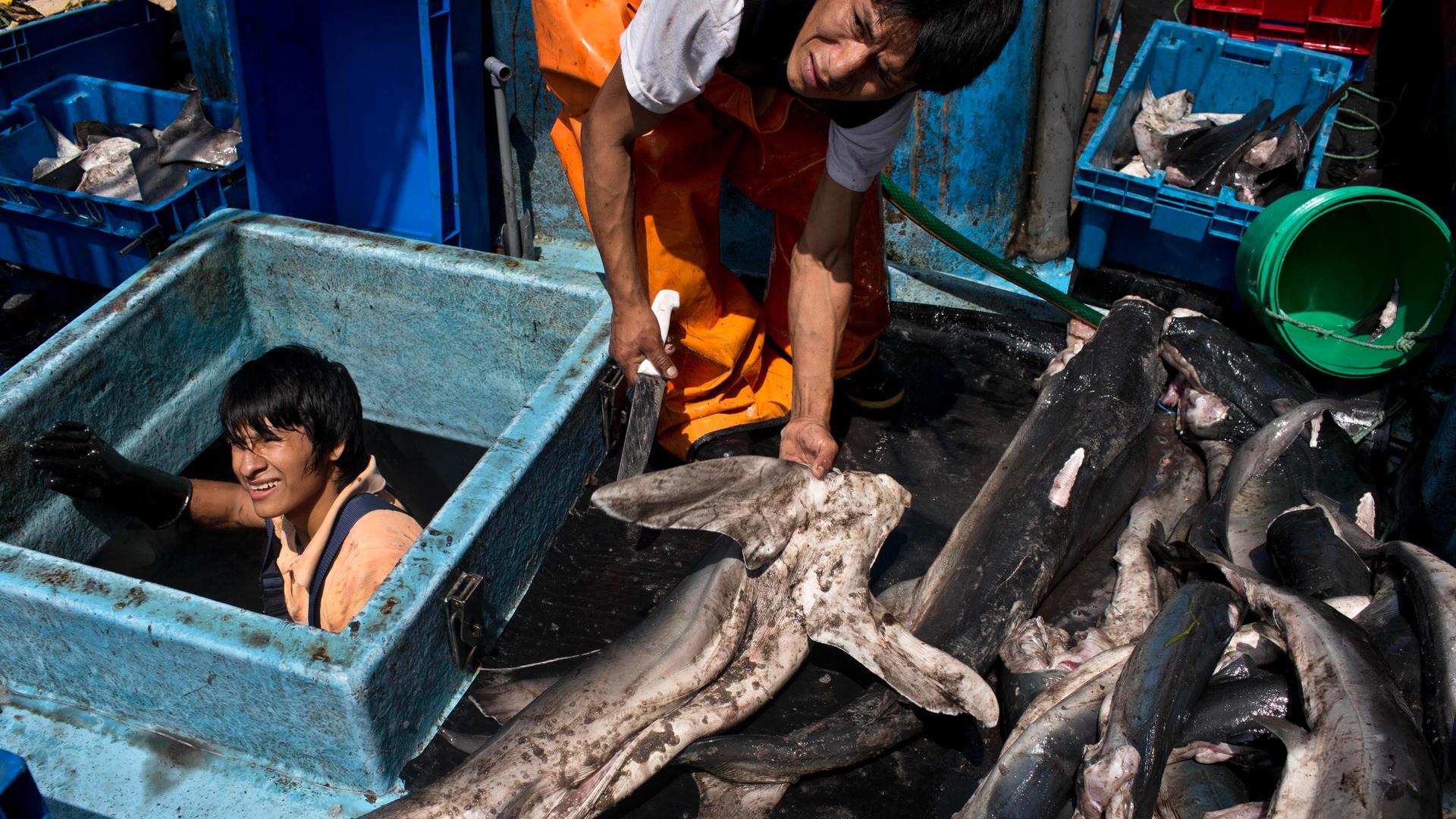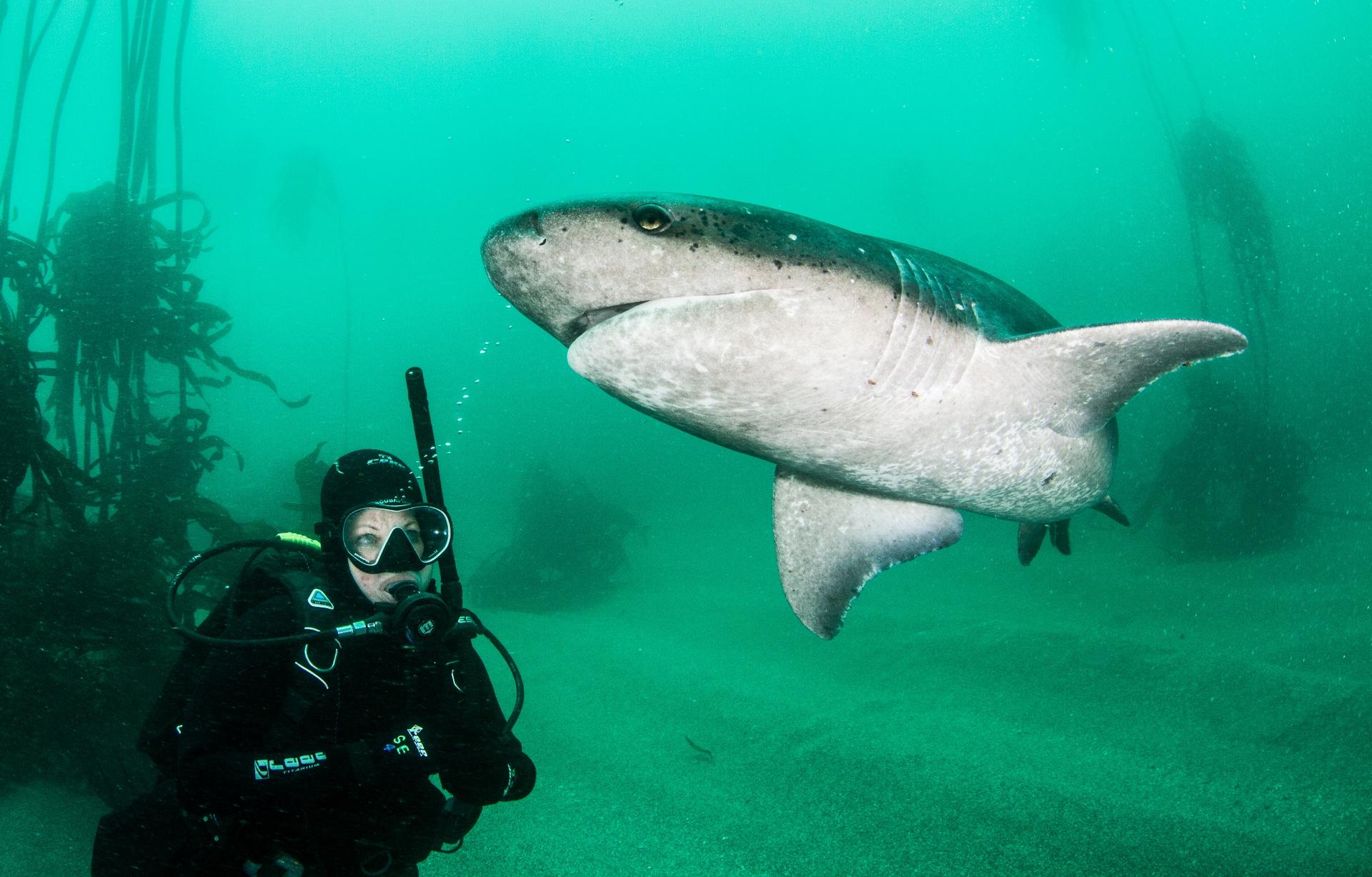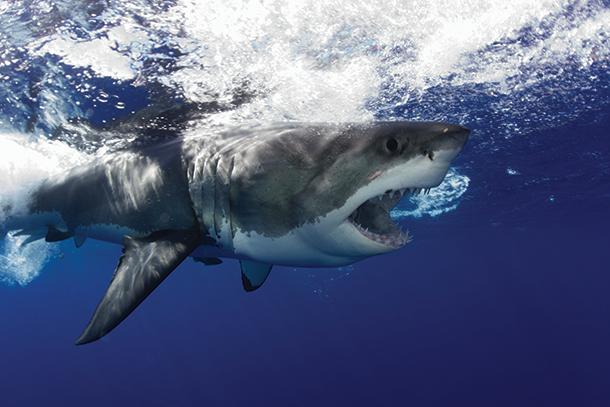Sharks
The illegal trade of shark fin is thriving in South America
Peru is the world’s largest exporter of shark fins, according to the marine protection organization Oceana. The catches are usually sent to Asia, where shark fin soup is a delicacy that can cost about $200 a bowl. This lucrative trade is threatening species of sharks off the coasts of Peru and neighboring Ecuador.
Shark photographer Michael Muller goes uncaged to capture the best photos
Photographer Michael Muller’s love of sharks takes him into the water and outside of the protection of cages to get as close as possible to his animal subjects. He also photographs celebrities — but won’t admit which group is scarier to shoot.
A Great White Shark makes a transatlantic crossing — and you can follow along
Lydia is such a pretty name — for a shark. Lydia is a 2,000-pound, 14-foot-long Great White Shark. She was fitted with a satellite tag a year ago, off the coast of Florida, as part of the Ocearch scientific project. She has since travelled 19,500 miles and is currently about 3,000 miles from her starting […]
Shark finning proves tough to eradicate, even in ‘green’ Costa Rica
The practice of catching sharks and cutting off their fins for soup and other products is lucrative business, and regulated. But illegal “finning” is tough to stop: Exhibit A is Costa Rica, which claims to be a global leader in environmental sustainability.
California’s shark fin ban outrages restaurant owners, seafood dealers
In 2011, California lawmakers passed a law banning the controversial shark fin trade. Though the law doesn’t go into effect until January, it’s already sparked discontent among chefs and seafood distributors in San Francisco’s Chinatown, where shark fin soup remains a popular delicacy.
Researcher looks for new ways to repel sharks
Scientist Eric Stroud spent years as a pharmaceutical chemist. But, after an unpleasant cruise the Bermuda, he gave that up in order to pursue research in ways to protect humans from sharks. But his work has also shifted to ways to protect sharks from humans. And he’s made fascinating findings.


